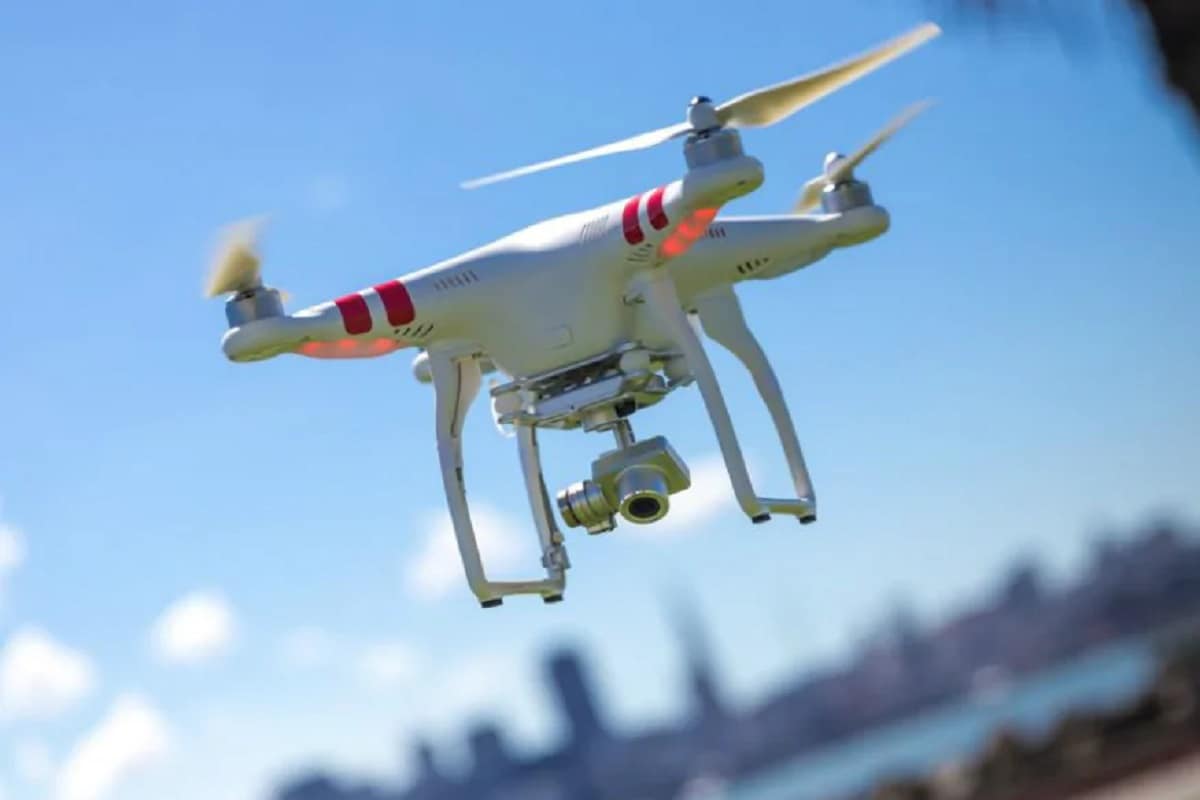New Delhi. As many benefits as drones have, they also have some risks. But this is only possible when one is not alert about such risks. This is the reason why the Director General of Civil Aviation is making rules about drones from time to time. Now no one will be able to fly a drone without a trained drone pilot. For this, DGCA has given recognition to 13 flying academies of the country to train drone pilots. Only these 13 academies recognized by DGCA will provide training. On the basis of their certificate, the drone pilot will get a job anywhere or he can also start his own business.
Will drone pilots get a chance to earn millions?Be it documentary or commercial videography, the use of drones is increasing with time. Not only this, the railways have also started using drones for the security of their institutions. South-Western Railways has started using drones for the security and surveillance of the passenger coach factory. 9 drones have been purchased at a cost of Rs 32 lakh. Now drones have become quite big and expensive. Therefore, companies spraying pesticides in fields, agencies engaged in the field of security and big real estate projects have also started using drones. Oil companies have also started using drones to monitor their pipelines.
These will be the standards for drones according to their weight-Drones have been placed in different categories according to their weight. Those weighing 250 grams or less will be called nano drones. Whereas for micro or mini drones weighing more than this, it will be necessary to follow other rules apart from UID. According to the new rules, apart from UID plate, it will be necessary to install RFID/SIM, GPS, RTH (Return to Home) and anti-collision light on micro drones weighing 250 grams to 2 kg, mini and large drones weighing 2 kg to 25 kg, 25 kg-150 kg and more. However, it will be necessary to install only ID plate on unmanned model aircraft weighing more than 2 kg. Also, now only trained drone pilots will be able to fly drones weighing more than 250 grams.
Permission has to be taken from local authorities-In restricted areas, nano and micro drones can be flown within closed or covered premises with the permission of local authorities. Drones cannot be flown from a moving vehicle, ship, or aircraft. Nano drones can be flown at a height of 50 feet and other drones at a height of 200 feet.

The new rule has a restricted area of 5 km-No drone will be allowed to fly within or above a radius of five kilometres of the airport. Similarly, they will not be allowed to fly in areas declared restricted, prohibited and dangerous by the Airport Authority. There will also be a ban on flying drones within a radius of 50 kilometres of the international border, which includes the Line of Control (LOC), Line of Actual Control (LAC) and Actual Geostationary Line (AGPL).
Limits have also been set on the distance and height at which the drones can be flown from the sea and land. For example, they can be flown only up to a horizontal distance of 500 meters from the sea coast. Limits have also been set for the high security area of Lutyens Zone in Delhi. According to this, the drone will have to be kept five kilometers away from Vijay Chowk on all sides at all times.
Similarly, their flying distance from military establishments and places determined by the Home Ministry should always be 500 meters or more. While prior permission will be required to fly drones over environmentally sensitive areas, national parks and wildlife sanctuaries.
Tags: small scale business, drone camera, india drone, New Business Idea
FIRST PUBLISHED : September 23, 2020, 14:50 IST
